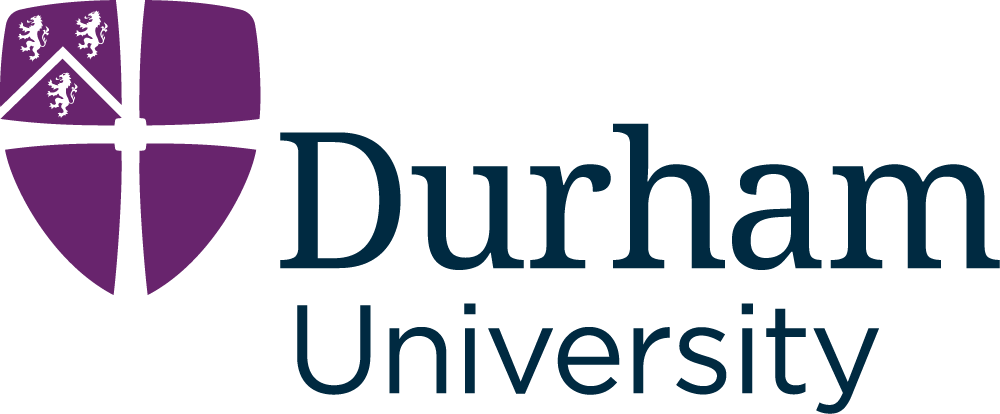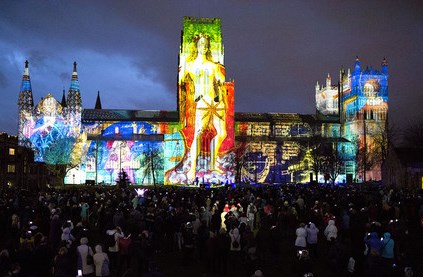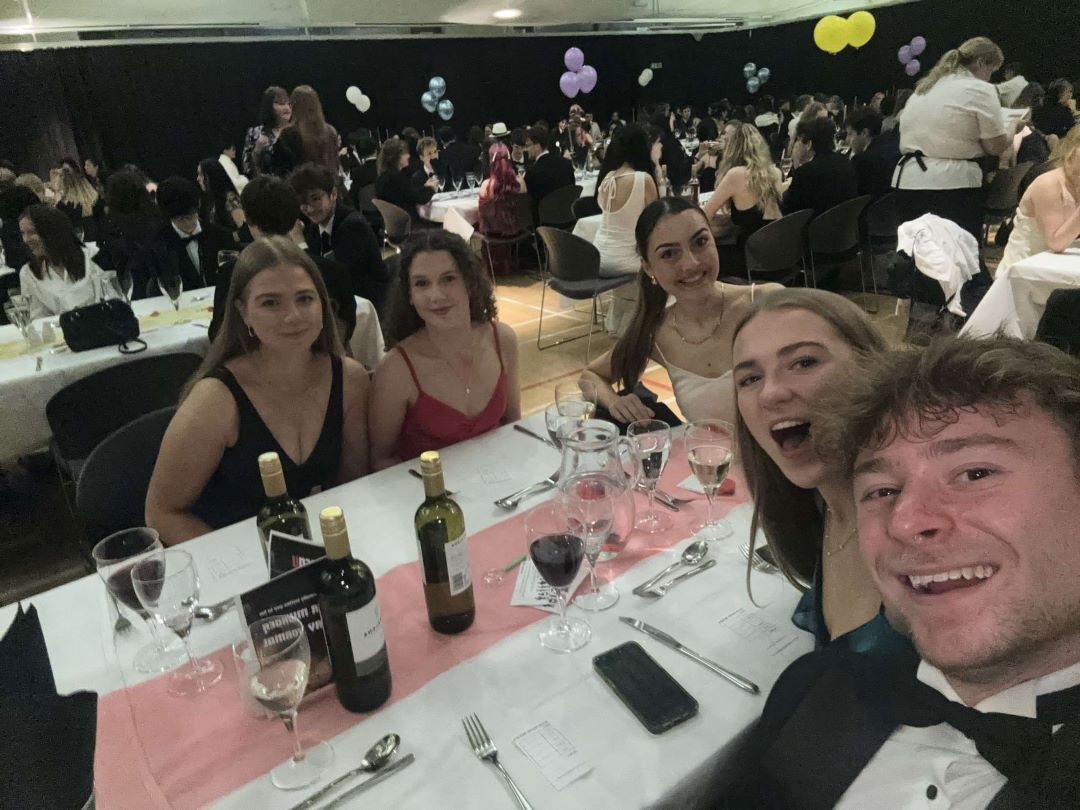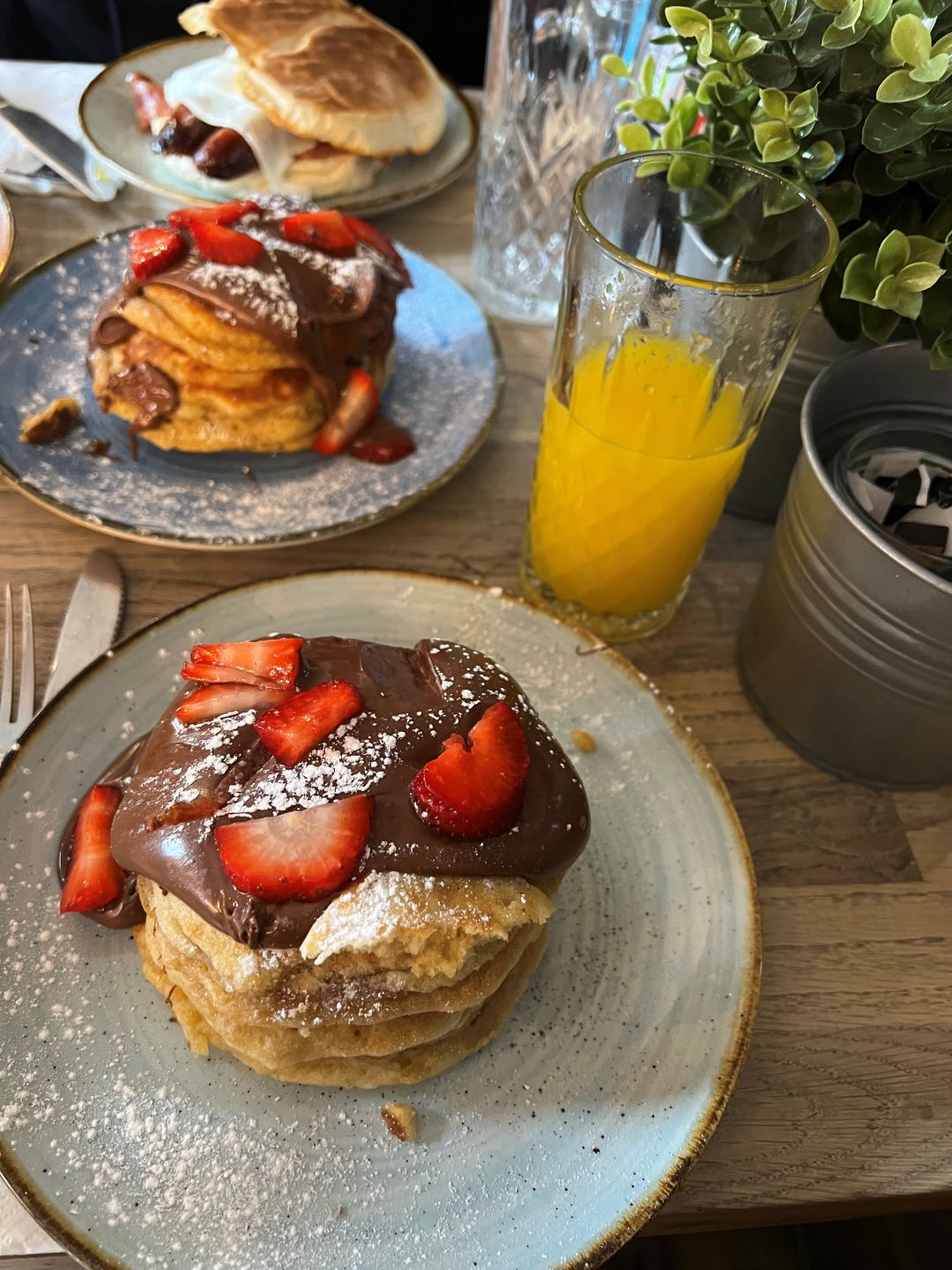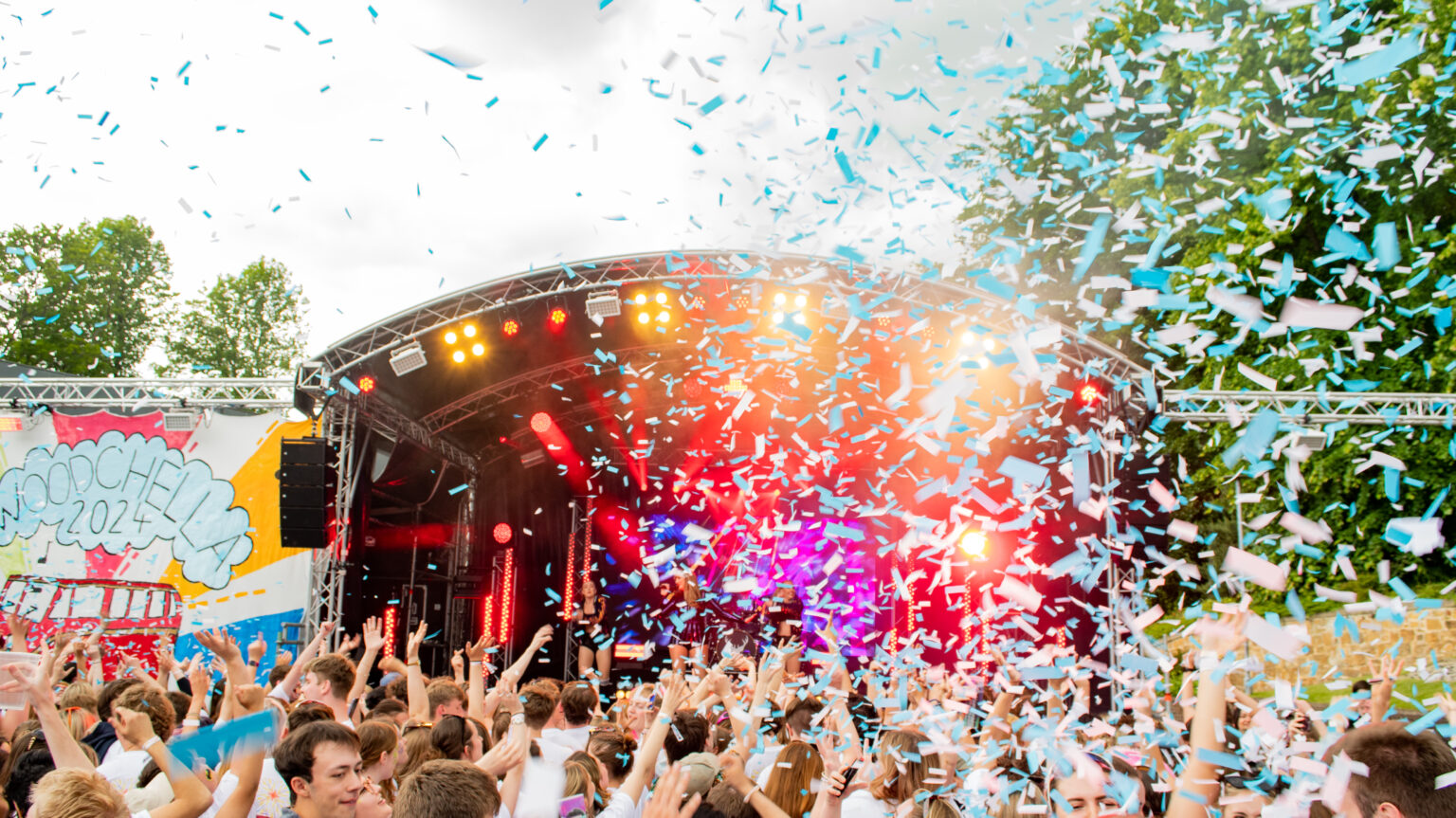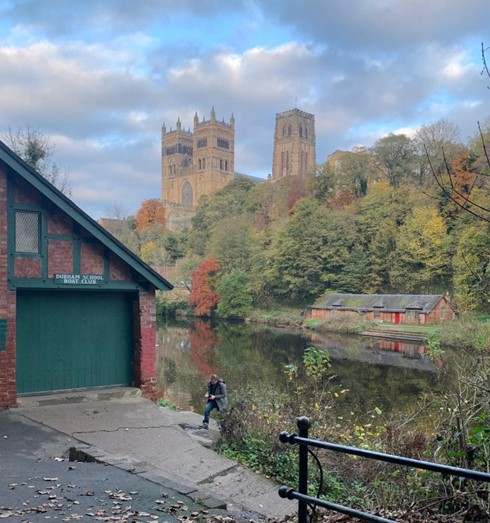Durham University musicians were asked to record the orchestral part of the soundtrack for a Lumiere installation. For this, a specially-created ensemble was assembled, consisting of 38 of the university’s most talented musicians. An application was sent out for a student to conduct and, as a keen conductor, I applied and to my surprise I was successful! For many of us, it was our first time in a professional recording environment and the opportunity to work with a professional composer and sound designer.
An ambitious project
There is little doubt that the Lumiere recording project was an ambitious project for me to work on, with many areas where I had little experience such as orchestral recording, working with a click track, working with a professional composer, and to be honest actually conducting an orchestra (as it’s very difficult and competitive getting podium time). Despite this, I feel I have come out as a majorly improved conductor.
Two major limitations in this project were inexperience recording and limited rehearsal time. The singular rehearsal we got was pretty brutal as far as rehearsals go, with little time given for people to have a second look at the music (as that second time would be the recording) and little coverage and repetition of many sections of the piece. Luckily enough the quality of the ensemble assembled was extremely high and there was little doubting the player’s technical ability. They tackled difficult sections well and I felt myself going into the recording the following week with less stress about the level we had rehearsed the piece but still apprehensive of managing to fit the piece into the short recording session.
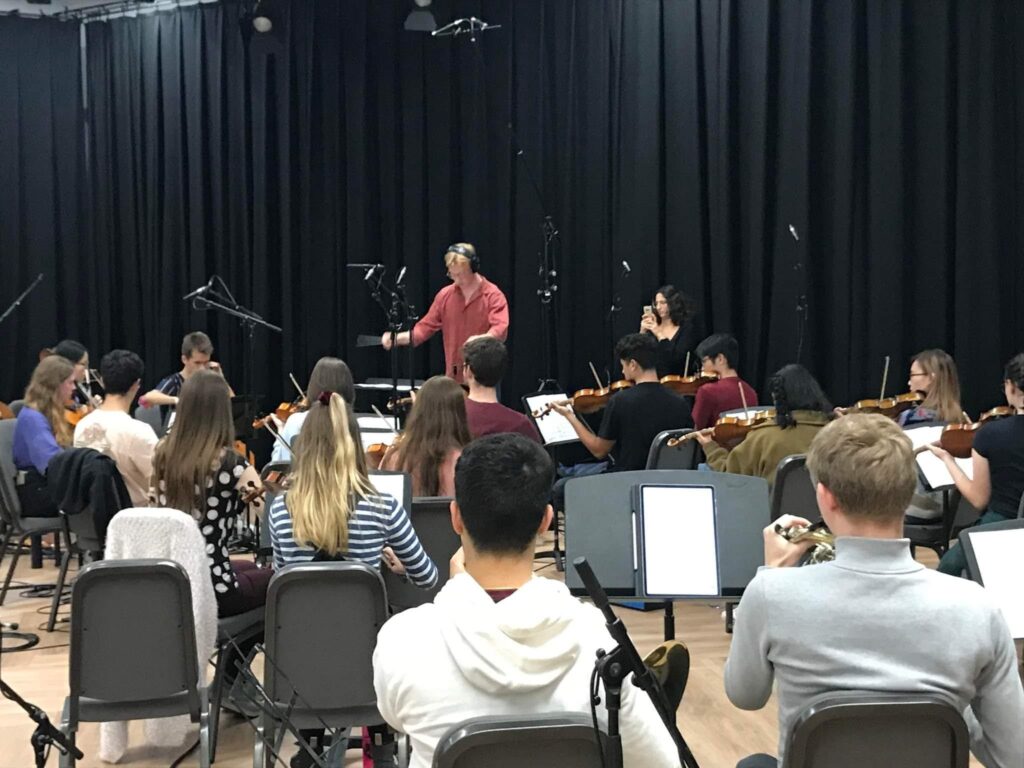
My first time recording
Arriving at the recording was slightly overwhelming, I’d gotten a week to reflect on what needed changing in terms of my conducting and had met with Richard Hammarton (the composer and sound engineer for the project) about sorting a recording order so that we would get what we needed recorded. If we ran out of time we would still have what we really needed to be played by the orchestra done and the rest could be covered by playback software.
We began by warming up and trying to get used to playing with playback in my ear. Not having playback for all musicians (it was just me with a headset playing audio playback and the click track). The orchestra was quickly becoming quite majorly out of time with the click track, often in the space of only a couple. I reckon this was down to a combination of two things: the orchestra was used to playing more behind the conductor in a concert setting, however, in the recording this meant that they were out of time with the click track. Also, that I was conducting in time to the click track, which meant that the orchestra, following me, was behind the click track. Realising this I had to quickly change my conducting to be much more ahead of the click track which definitely threw me initially, but due to the time pressure, the orchestra and I were forced to adapt quickly. We then found our stride managing to cover various sections of the piece with multiple takes.
Where can I hear it?
The recording will be played outside the Cathedral during the festival alongside various other parts in the piece, including a cello solo and chorister alongside many sound effects. Lumiere takes place at many locations across the city from 18-21 November.
Discover more
About recording the music score here
About Lumiere festival here
Student blogs from previous Lumiere festivals here
Jude Holloway
Hi, I'm Jude, I'm studying Music and I'm from St Cuthberts Society.
